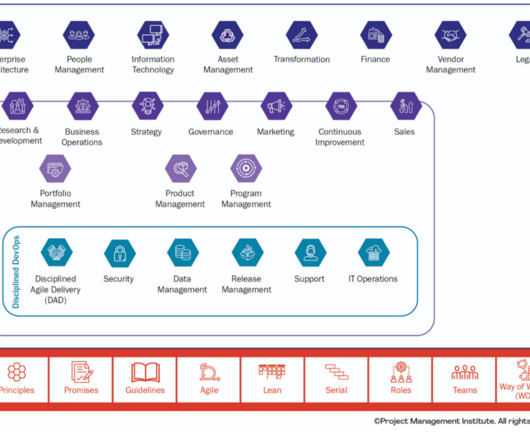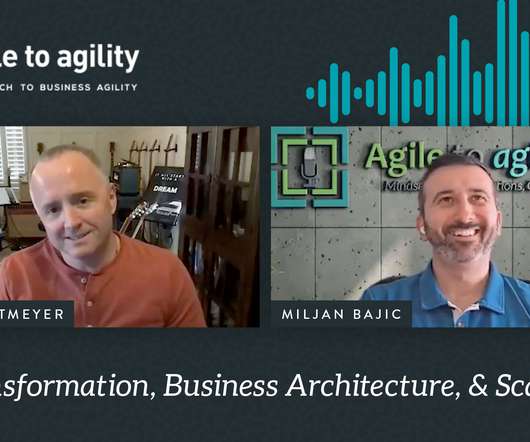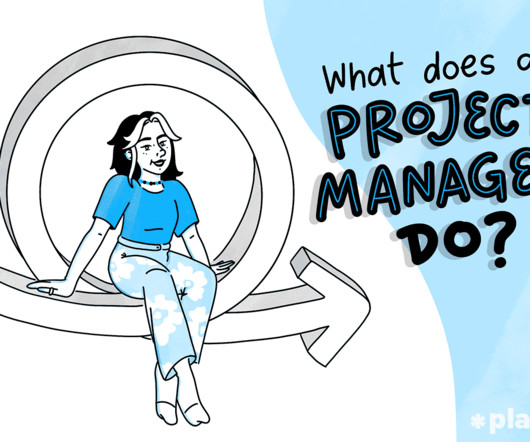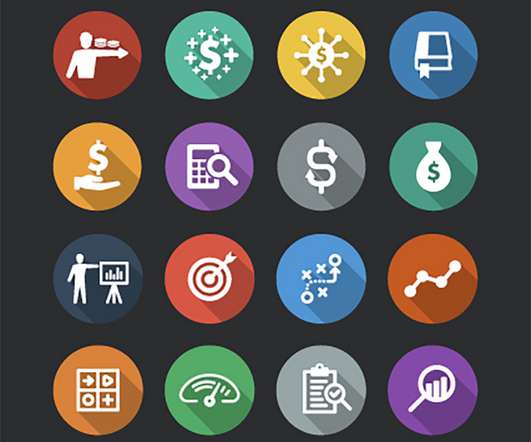SAFe Simply Explained (Part 1): Core Competencies and Principles
Inloox
JULY 1, 2021
High flexibility, adaptability and increased communication are just a few of the benefits that have led to significant improvements through the introduction of agile work processes in organizations. Lean Agile Leadership: Managers are the very core of lean agile development and business agility.




















Let's personalize your content